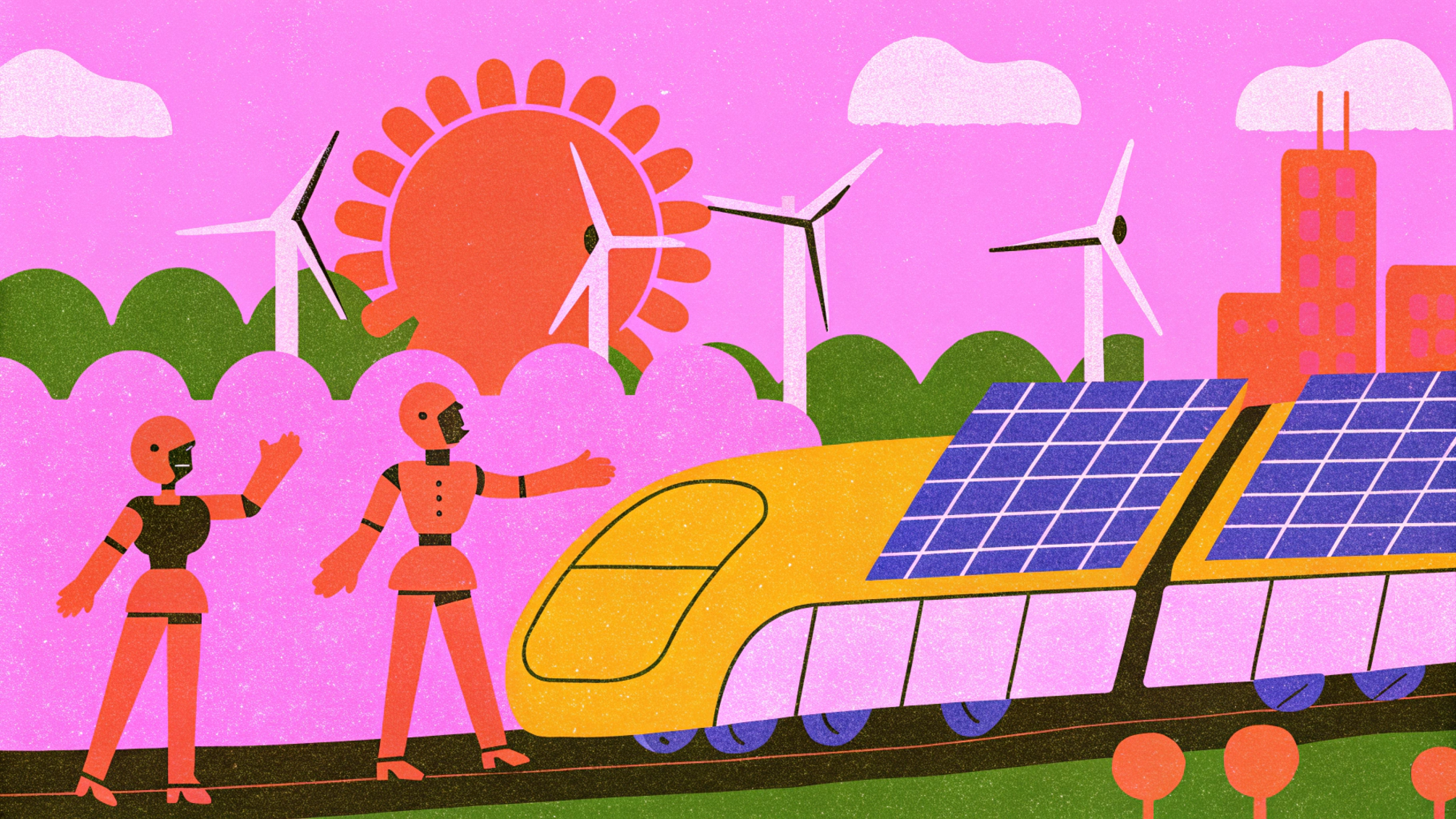Designing AI Services for the Energy Sector: A Human-Centered Approach to Intelligent Transformation
The energy industry has been undergoing a profound digital transformation, driven by the twin pressures of decarbonization and increased operational efficiency. Companies across oil and gas, utilities, and renewable sectors are investing heavily in digital technologies to modernize infrastructure, optimize performance, and respond to shifting regulatory and market demands. Among these technologies, artificial intelligence (AI) has emerged as a cornerstone—enabling use cases such as predictive maintenance of critical assets, real-time grid optimization, fault detection, and emissions monitoring and reporting (World Economic Forum, 2021; IEA, 2022).
Despite the promise of AI, many implementations in the energy sector fail to deliver sustained value. A key reason lies not in the underlying technology, but in the absence of a coherent service layer that aligns the AI capabilities with the people, workflows, and operational contexts in which they are deployed. Technical teams may focus on model accuracy or computational performance, while overlooking the broader service experience—how engineers, planners, or operators interact with and trust these systems, how insights are communicated, and how AI integrates into existing processes (McKinsey & Company, 2023).
Service design offers a compelling framework to address this gap. Rooted in human-centered design, service design emphasizes end-to-end thinking, cross-functional collaboration, and iterative improvement. By bringing clarity to how users engage with AI tools—across digital interfaces, physical environments, and organizational systems—service design can bridge the disconnect between technical development and operational adoption. This paper explores how service design can be used to humanize and operationalize AI in the energy industry, enabling more trustworthy, usable, and impactful solutions.
Over the coming weeks, I’ll explore how service design can turn AI from a promising concept into a practical solution that delivers real-world impact in the energy sector. I’ll also share key lessons from the many projects I’ve had the opportunity to lead or support. Here’s what you can expect:
Talking to Engineers About Design (Without Losing Them)
We’ll demystify service design using engineering-friendly language—connecting personas to user specs, blueprints to system diagrams, and more.Service Design Isn’t Just UX—It’s an Operating Model for AI
Learn how service design supports the full AI lifecycle, from discovery to deployment and continuous improvement.Real-World Use Cases of AI + Service Design in Energy
Explore how this works in action through examples like predictive maintenance, grid optimization, and emissions monitoring.Why Good AI Still Gets Rejected in the Field
Discover the hidden barriers—like trust, usability, and process misalignment—that cause technically sound AI projects to fail.The Service Designer’s Toolkit for Energy AI Projects
Get familiar with the tools that help integrate AI into real workflows, including journey maps, service blueprints, and prototypes.How to Measure Success in AI-Driven Services
Move beyond technical metrics to define success through adoption, experience, and operational impact.The Future of AI + Service Design in Energy
Look ahead at how this approach can scale across emerging technologies like renewables, hydrogen, and CCS.Bringing It All Together
A final recap and call to action—design for not just what AI can do, but how it fits into people’s work.
Follow along as I unpack each of these ideas—and show how a human-centered approach can make the difference between another failed pilot and a breakthrough in the field.

